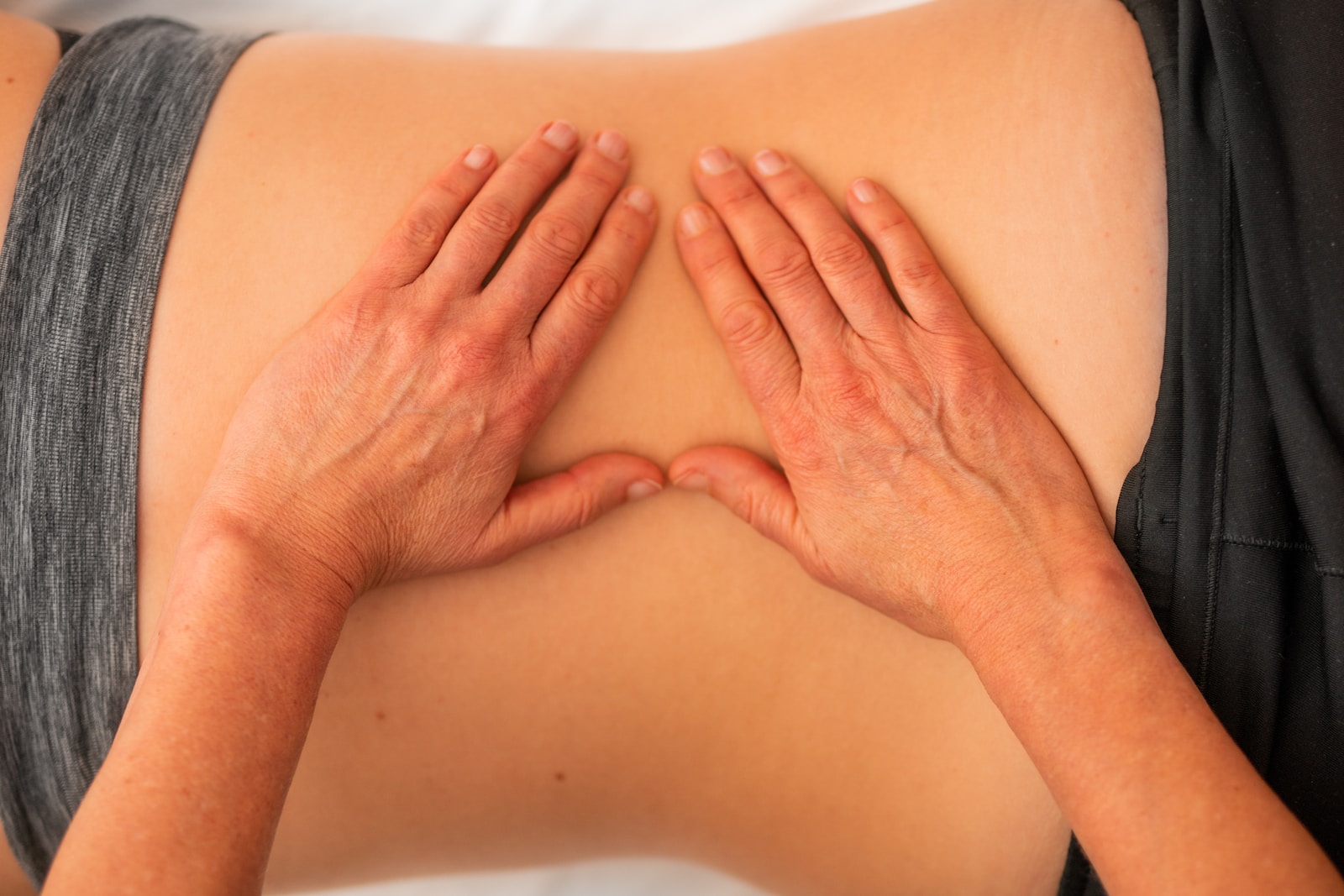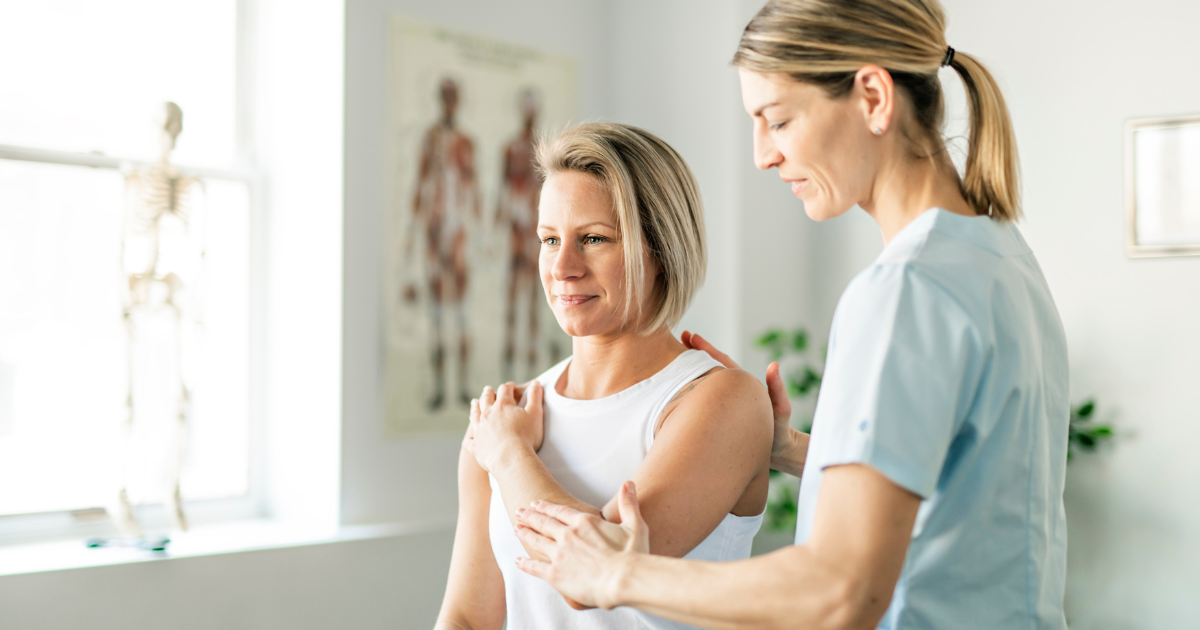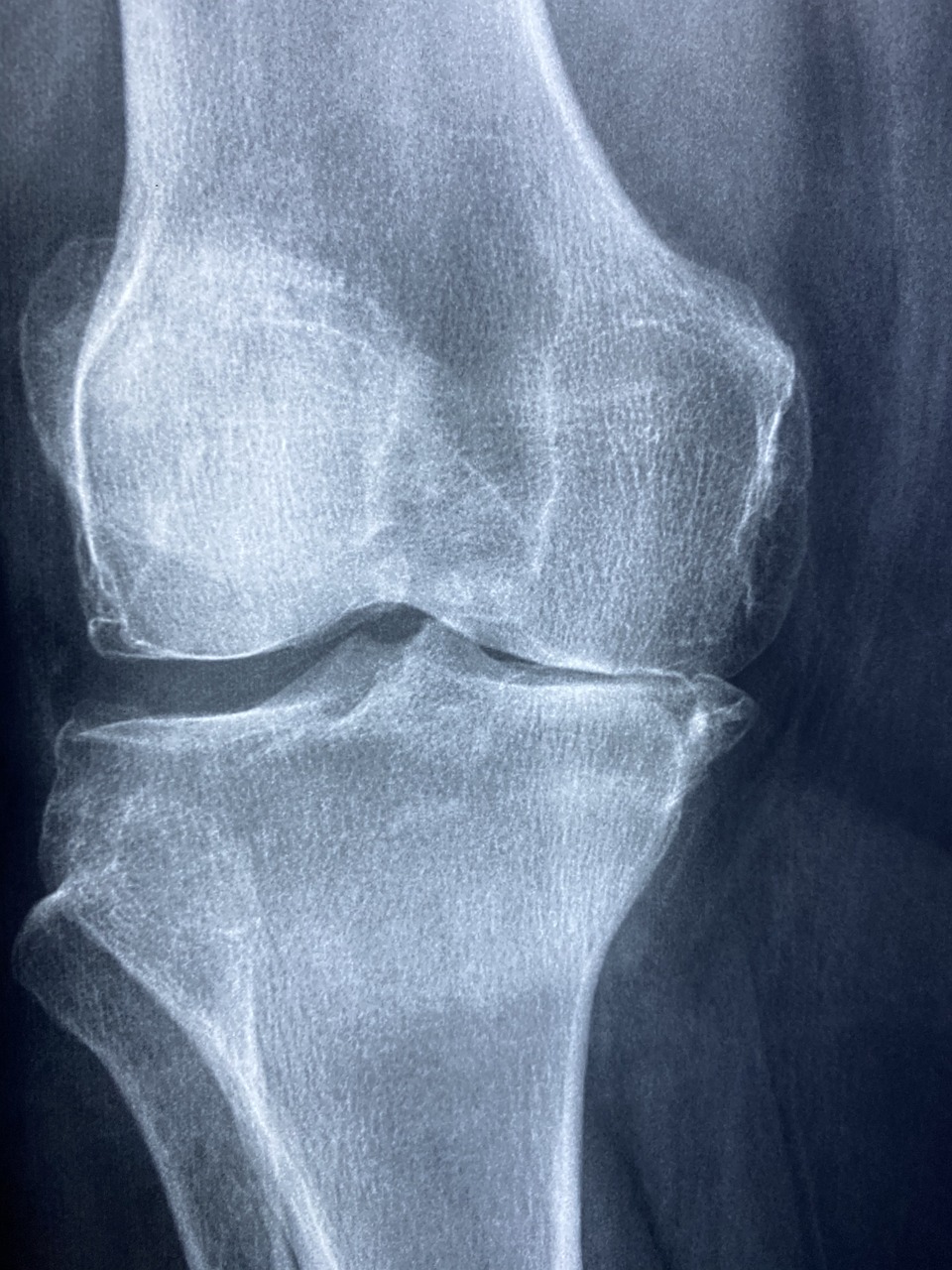Have you been inspired by this years Tour de France?
Do you want to improve your efficiency on the bike?
Are you having to take time off the bike due to recurrent injuries?
In this blog I look at the Tour de France and more specifically look into peddle efficiency which is so key to all the riders on the tour. I will discuss the role gym training and movement screening can play and there are a few tips for you to try out to help you improve.
Tour de France
The 2017 Tour de France is the 104th edition of the Tour de France, one of cycling’s Grand Tours. The Tour de France is an annual multiple stage bicycle race primarily held in France although it does also occasionally make passes through nearby countries. The race was first organised in 1903 and is held primarily in the month of July.
While the route changes each year, the format of the race stays the same with the appearance of time trials, the passage through the mountain chains of the Pyrenees and the Alps, and the finish on the Champs-Élysées in Paris. The modern editions of the Tour de France consist of 21 day-long stages over a 23-day period and cover around 3,500 kilometres (2,200 mi). The race alternates between clockwise and counterclockwise circuits of France. This year 22 teams and 198 riders started the tour.
The tour boasts the elite in road cycling and whist it has had its dark moments in recent history the amount of training, effort and sweat that goes into getting to this level is phenomenal. One of the things that always impresses me is how smoothly the pros pedal. Have you ever watched the pro’s and thought, ‘I wish I could pedal that smoothly?’ I think most of us have.
Pedalling Efficiency
Seemingly effortless pedalling technique is a hallmark of a well-trained cyclist, developed over countless miles and millions of pedal revolutions, and can lead to improvements in endurance and power output, while reducing the chance of injury.
Unfortunately, there’s no shortcut to improving your pedalling efficiency, but there are a number of things you can take a look at to see if you can get more from your pedal stroke including; Movement Screening, A tailored bike fit, Cadence and Technique.
So why is pedalling efficiency so important?
Pedalling efficienciently ensures that you get the absolute most power from each revolution.
Getting it right means you’ll be producing more power for the same or less energy output. As well as improving your efficiency, a smooth pedalling technique can also reduce the chance of injury to joints and muscles.
How can I improve?
A Wattbike is a great tool to identify pedalling imbalances and inefficiencies because of the sheer amount of data it provides. Here are 3 tips that will help you maximise your time on the bike;
- Single leg riding: Ideally, you should be able to pedal with one leg without that ‘clunking’ when your leg stops being able to rotate smoothly.
- Cadence: Change up or down your cadence to highlight weaknesses: If you up the cadence look for bouncing in the saddle as a sign of inefficiency. Or, if you lower the cadence try to prevent a push and stop pattern, if you’re constantly finding yourself re-engaging on the pedals then there is a lack of smooth peddling.
- Push / Pull: Lots of people talk about pulling as the foot recovers around, but in fact you should only be gently getting your foot out of the way of the pedal so that you negate negative torque, putting pressure against your own stroke with the other leg and minimising your power. Too much pulling also creates hip flexor over use which can lead to muscle imbalances.
Movement Screening and Gym Training
How will movement screening and gym training improve my cycling?
Working out in the gym won’t automatically result in better pedalling efficiency. However, a movement screening, like those done here at Summit, can highlight weak links in your movement patterns. Allowing a tailored strength and stability plan to be put in place just for you.
- Training the torso to be stable can be a vital component to cycling efficiently, with a stable “core” providing a strong foundation from which you can apply pressure on the pedals.
- Too much movement in the torso means less stabilisation, and strengthening the weak links that cause this helps to minimise any unwanted movement. If you look at most pros they are visually rock solid in their upper half, and as a result, can generate more force at the same leg speed.
- A more stable torso also means that your position on the bike will be consistent; It’s that consistency that leads to greater muscle memory with regards to the pedal action.
- As an added bonus the more stable and efficient you are on the bike, the less chance you will have of picking up any unnecessary injuries. Ironing out any of those weak links means more time on the bike and less time with the physio.
Movement control is something we do with everyone of our clients and were seeing great results from it. If you would like to learn more about movement control and movement screening come and see one of our clinicians, who will be happy to discuss this with you and point out how it could play a role in your training.
Thanks for reading I hope you found this blog beneficial,
David



